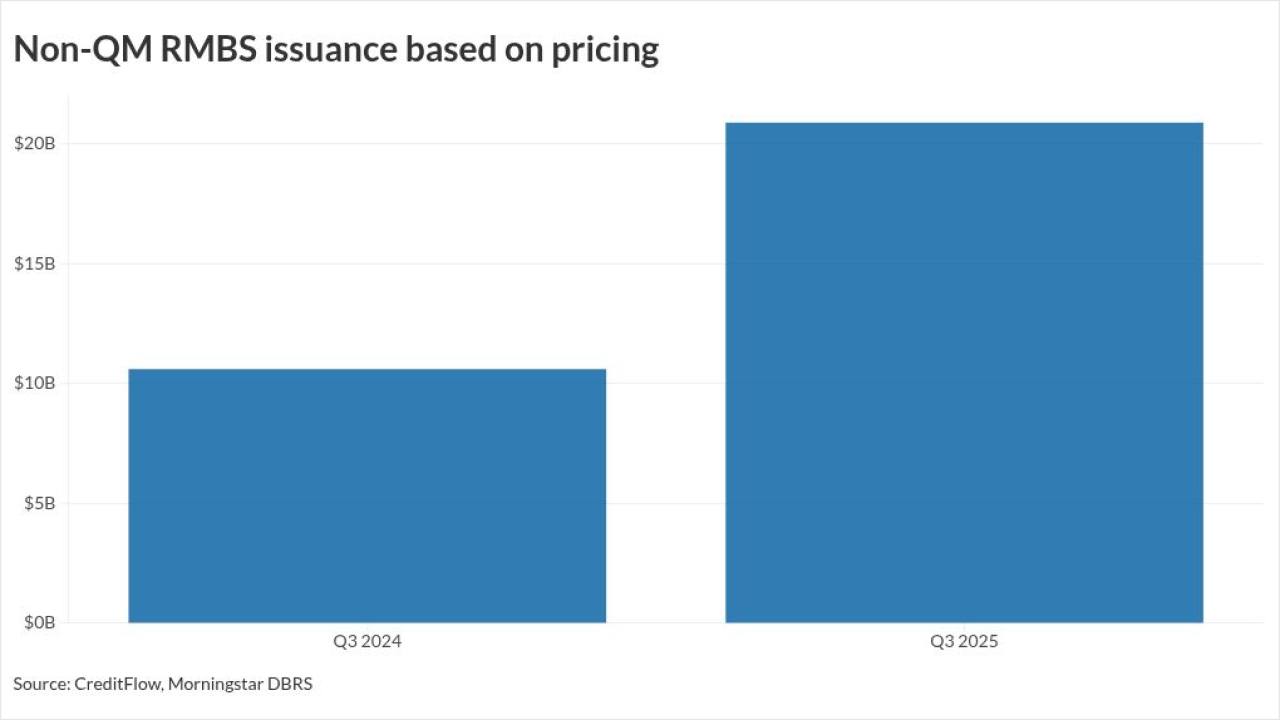
A historically wide gap between supply and demand in the multifamily rental market points to a need for action, according to a new Mortgage Bankers Association report.
"We've seen a need for rental housing and
Multifamily demand has been giving the single-family, owner-occupied market a run for its money since the last financial downturn, and though some economic improvement anticipated for the coming year might shift the balance a little, rentals still look relatively strong.
The Securities Industry and Financial Markets Association's economic advisory roundtable forecasts that overall residential real estate will strengthen in the coming year even if rates rise, but "it's still a housing market that's going to focus more on apartments than single-family homes," saidEthan Harris, the chairman of the roundtable and co-head of Global Economics Research at Bank of America Merrill Lynch.
With so many renters spending more than half their income on their living space, the unmet demand for "workforce housing" accessible to those at or below their local median income holds opportunity for the industry.
However, government support through programs like the Federal Housing Finance Agency's
A
Twenty-six percent of renters spend more than half of their income on rent, the Harvard study said.
Put another way, about half of consumers have incomes of under $35,000 a year. Using the 30%-of-income affordability standard, these renters would be best served by units that rent for around $850 per month, but only about 10% of new multifamily units have an asking price for rent at that level.
While primarily focused on multifamily,
New government programs are not necessarily the answer to the problem, according to the report. However, careful expansion of the full range of programs already established by pre-existing legislation, like Duty-to-Serve, may be.
"Our conclusion is that you don't need new programs, but you do need [more] federal engagement," Frater said. Duty-to-Serve, for example, stemmed from the Housing and Economic Recovery Act of 2008.
Other federal programs that could be expanded include the Low Income Housing Tax Credit, the Federal Housing Administration's multifamily and residential health care finance programs, and other Department of Housing and Urban Development efforts like voucher programs.
"There needs to be a greater emphasis [on these] so that workforce and affordable housing become a policy priority," said Tom Kim, a senior vice president at the MBA who manages the association's commercial and multifamily group.
The report suggests several ways these programs could be changed to generate more affordable multifamily units. In reference to Duty-to-Serve underserved markets, for example, it recommends that "structured properly, we see strong potential with the statutorily-mandated Affordable Housing Preservation prong of this regime," which the MBA suggests could be interpreted "in a flexible manner that is not constrained to specific programs."
Support for these various programs has wavered over time and MBA representatives acknowledge they must be expanded within appropriate bounds given federal budget constraints. In many cases, they endorse public-private partnerships.





